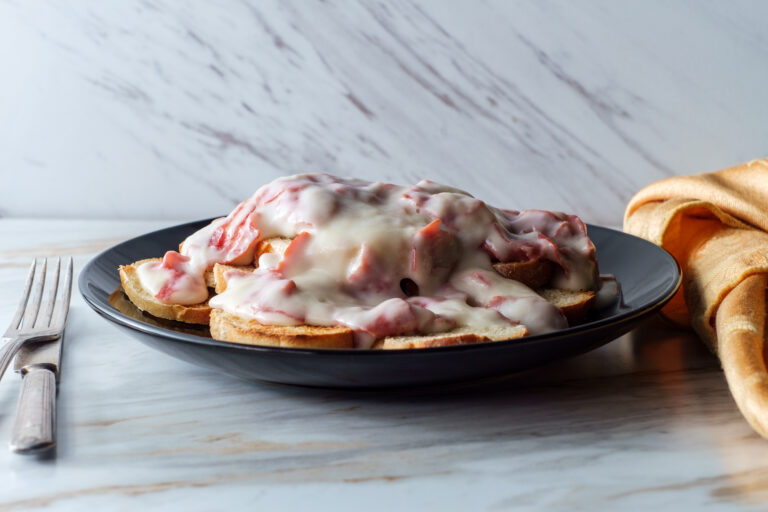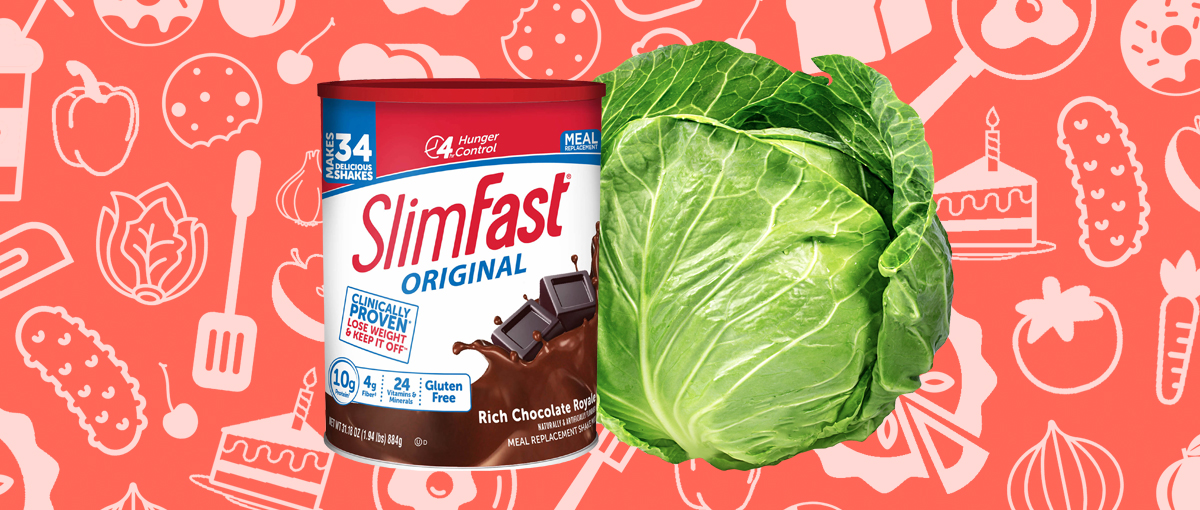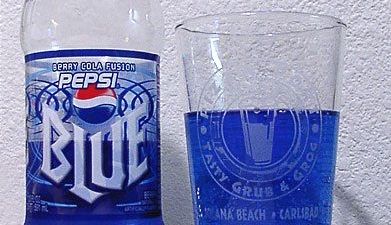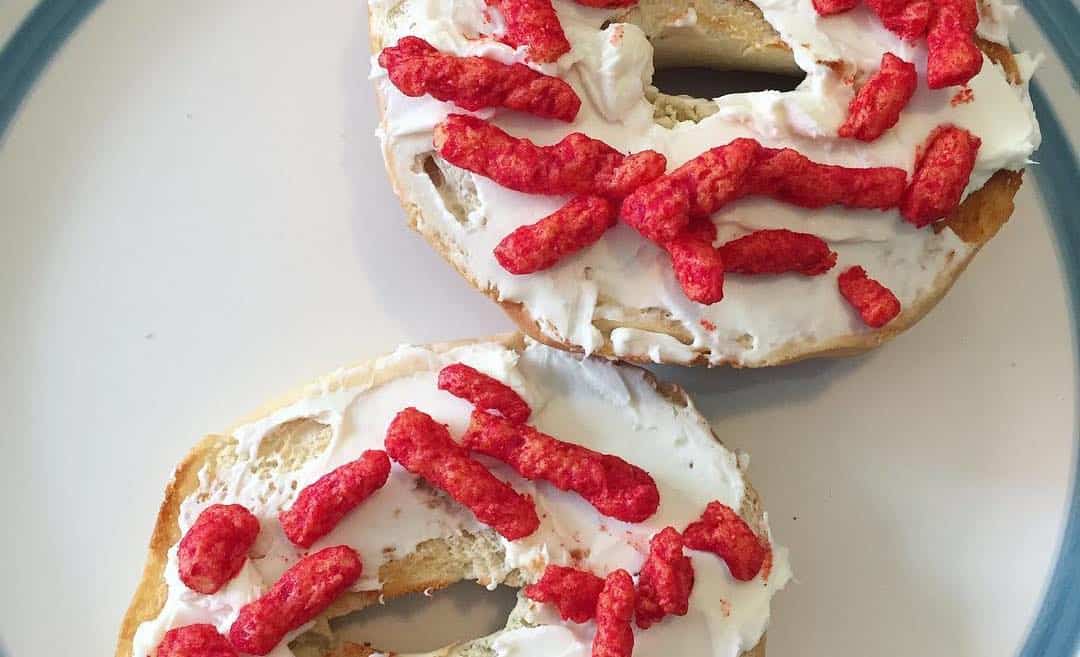Following the scarce years of WWI, the roaring ’20s saw an explosion of culinary creativity. This amazing and sometimes offputting Jazz Age food should be all the evidence you need.
What Was Jazz Age Food Like?

The 1920s was a time of impressive culinary innovation. For one, advancements in food preservation led to the increased availability of canned and frozen foods.
At the same time, Prohibition influenced the 1920s diner’s beverage choices. This “dry” period created a culture of speakeasies and homemade liquors, which weren’t always ultra-palatable.
Overall, food in the 1920s wasn’t all that different from what we eat today. But there are a few choices made that we just can’t get behind.
Frozen Foods Rose to Prominence
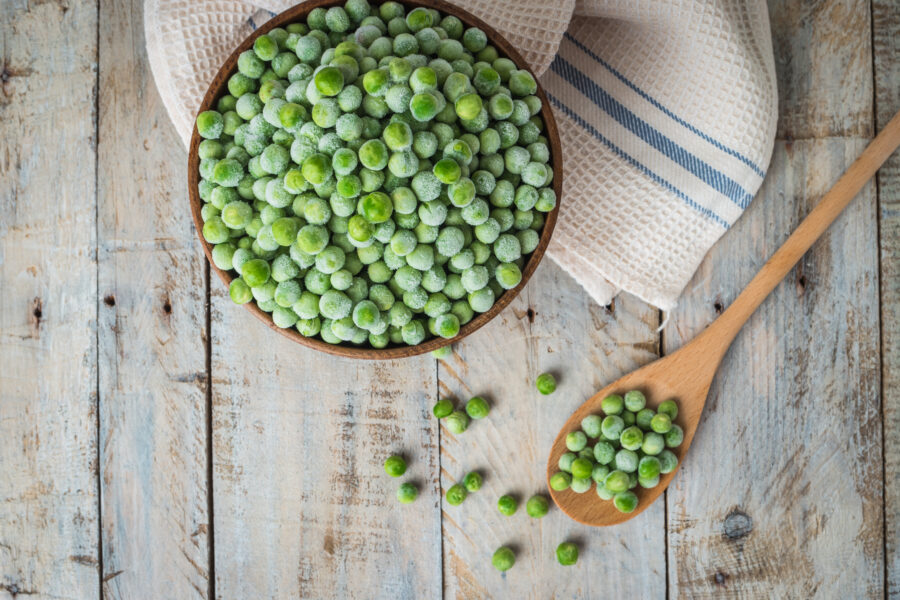
You couldn’t rely on a frozen meal at the end of a long day in the 1920s. But frozen foods were starting to make their way into grocery stores across the United States.
This was in large part thanks to a man named Clarence Birdseye, who created a new quick-freezing process in the ’20s. Ever had Birdseye frozen veggies?
Freezing food was a big deal because it kept foods fresh and edible for a lot longer. This opened up a lot of possibilities for new meals.
But Fridges Were Still a Luxury
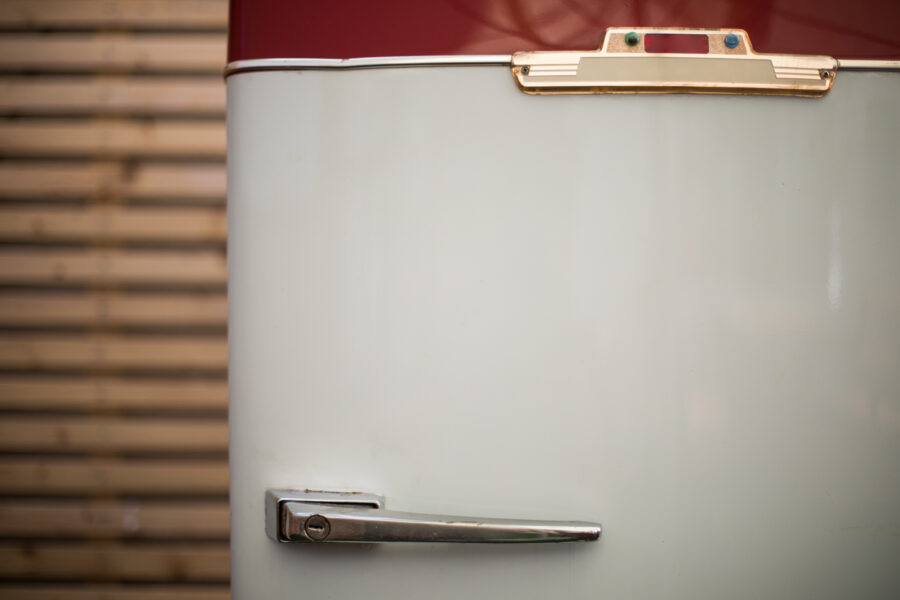
Not every Jazz Age family had easy access to frozen foods. It’s important to remember that not every house was outfitted with a fridge during the 1920s.
Many wealthier families had a fridge in addition to a stovetop. But many everyday folks with less money used food storage rooms. Not ideal for frozen peas.
Residential freezers wouldn’t become widely available until the 1940s. So even if you bought frozen foods in the 1920s, they wouldn’t be frozen for long.
Seasonal Foods Were No Longer Seasonal
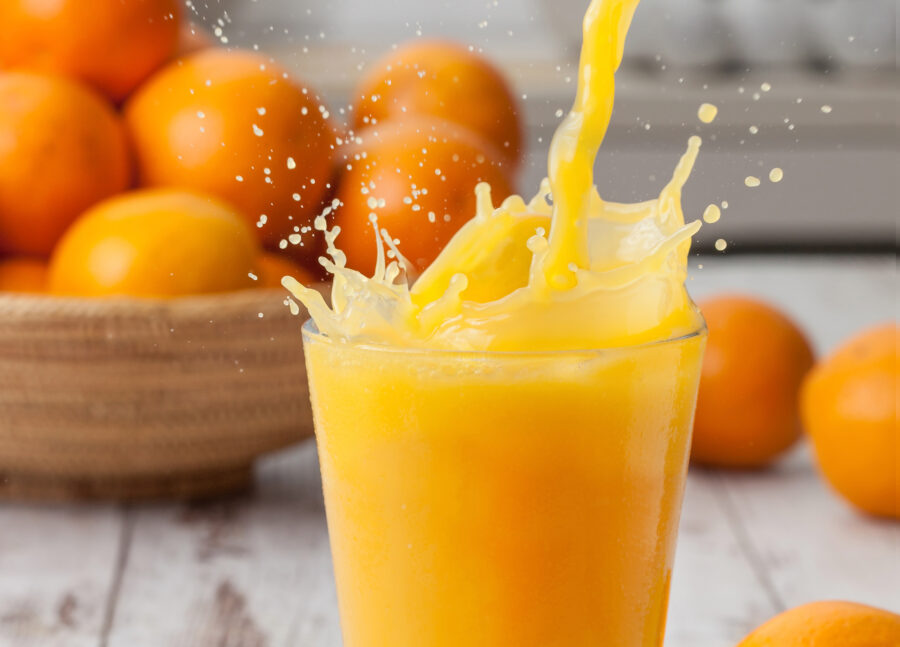
One of the biggest ways frozen foods impacted the culinary scene in the 1920s was the availability of out-of-season foods. You could cook with any ingredient, any time.
The Creative Palate states, “Fresh O.J. and tomato juice became available year-round.” Not only was this great for nutrition, but it opened up culinary possibilities.
Finally, both professional and home cooks could pair foods that normally wouldn’t be available at the same time. The new world of possibilities would have felt endless!
Processed Foods Made Their Way Into Our Homes
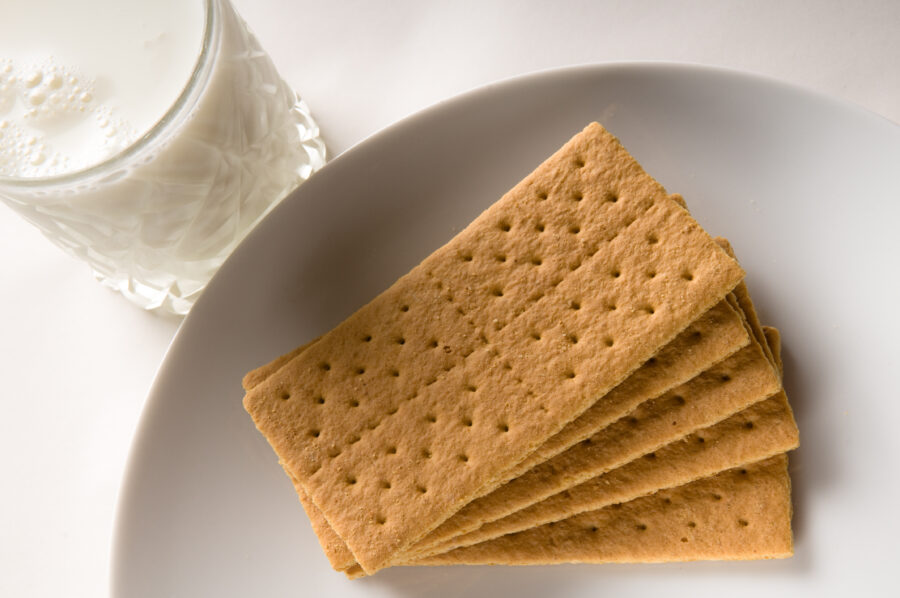
In addition to freezing, other food preservation methods grew popular in the 1920s. For example, food canning became a much more efficient and effective process.
Dehydration and vacuum packing were two more preservation methods that massively improved during this era. These methods helped extend the shelf-life of dry goods.
Popular processed foods included graham crackers, Oreos, and tea biscuits. People could thank the popularization of processed foods for those easy, quick snacks. We thank them, too!
Dining Out Was the Cat’s Pajamas
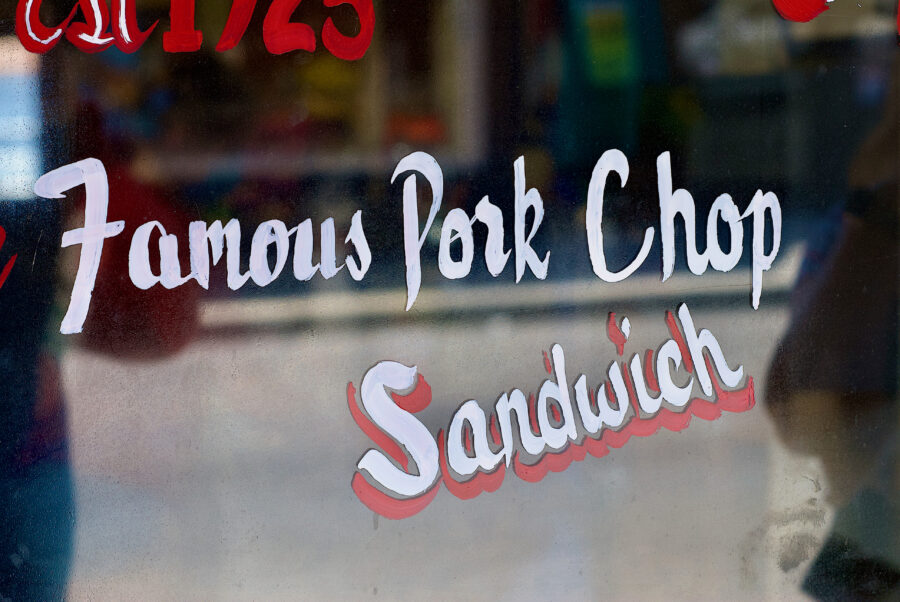
After staying home and making the most of meager rations during the Great War, people were understandably stir-crazy. This led to a boom in the restaurant industry.
Restaurants and cafes were hopping hubs of social activity during the 1920s. New and expanding entertainment venues like theaters were also usually located near a dining establishment.
More women also started working outside the home during this time. This meant that more families depended on outside sources for hot meals on days when Mom was working.
Pancakes and Flapjacks…With Lard
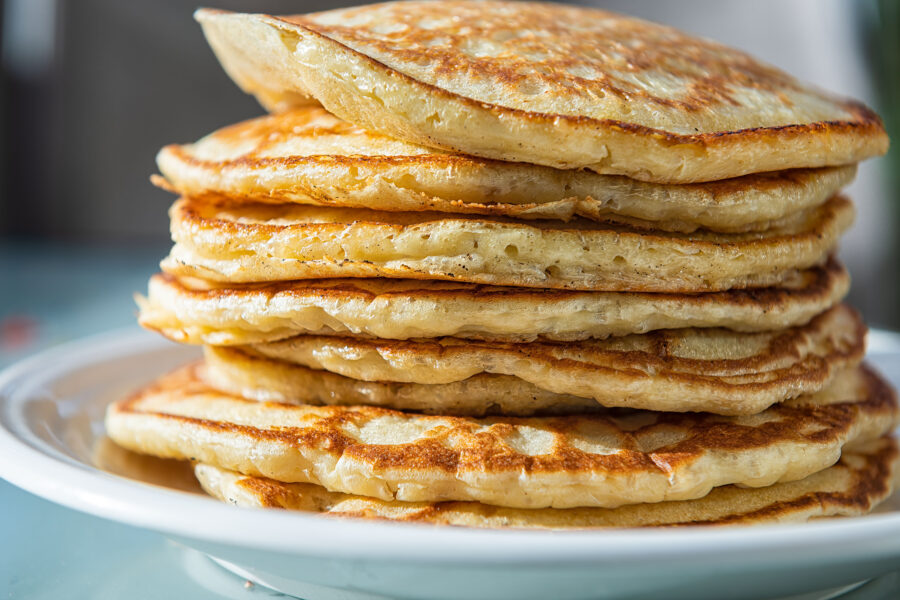
So what would a 1920s or ’30s family actually cook for breakfast? Folks during the Jazz Age loved a good ol’ pancake. Fortunately for us, some things never change.
If you want to try your hand at an old-fashioned 1920s-style pancake, keep one thing in mind. Just remember that they used lard in their ingredient list.
The other ingredients? According to an actual recipe from the 1920s, pancakes from this time included buckwheat flour, cornmeal, year, water, salt, molasses, and baking soda.
Fish for Breakfast
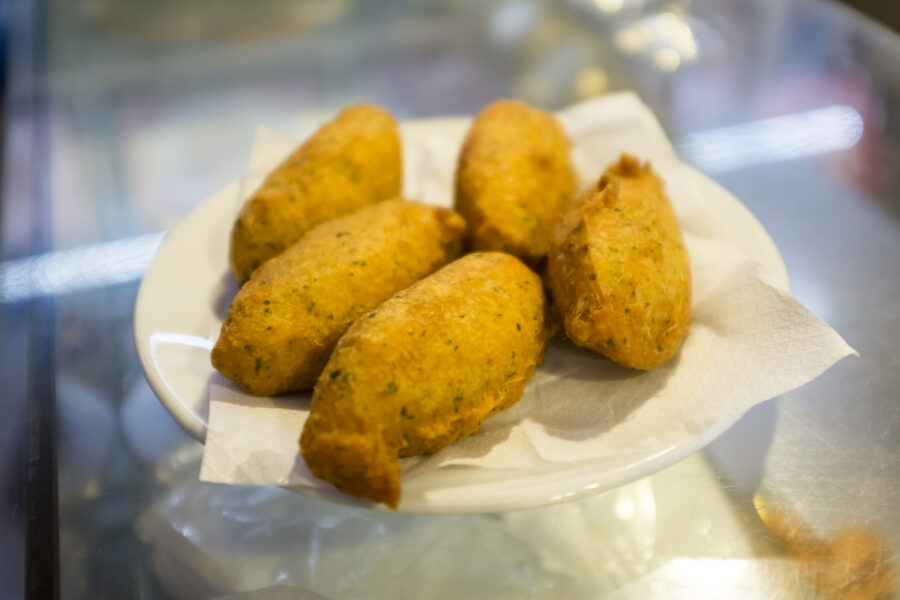
Sure, pancakes seem pretty tame, right? Well, people in the 1920s also noshed on codfish and bacon for their morning meal. Yep, fish in the morning.
Guess that’s one way to get your Omega-3s? A 1922 edition of Good Housekeeping’s Book of Menus, Recipes, and Household Discoveries offered up a sample breakfast menu.
On it was: grapefruit, codfish cakes, bacon muffins, and coffee. It’s not a combination we would necessarily choose for our daily breakfast. To each their own.
Rabbit Meat for Dinner
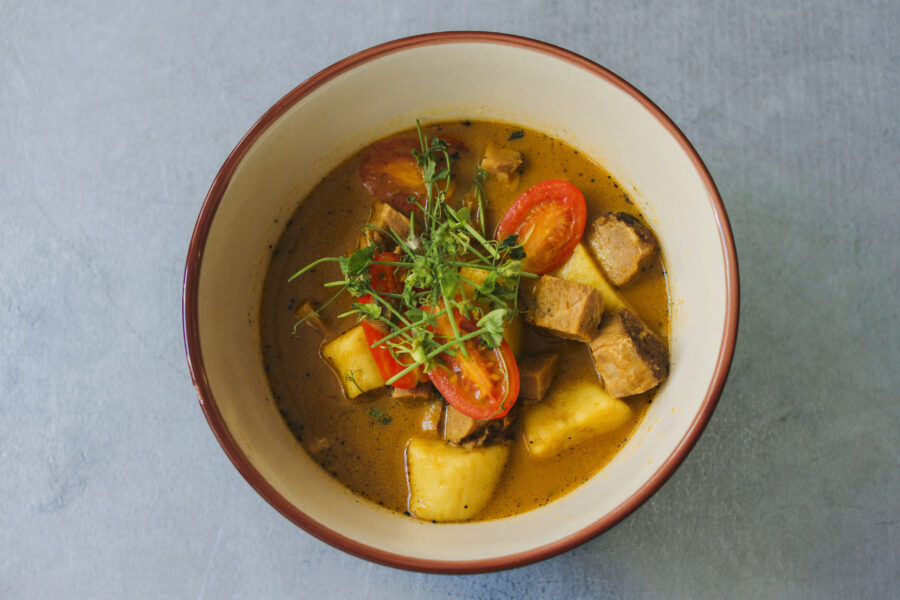
For dinner, they might reach for rabbit meat. This meat was a big deal, as it was cheap and readily available for most people.
Dishes made with rabbit meat might include braised rabbit, rabbit stew, or simple roasted rabbit. Rabbit meat was essentially equivalent to chicken in the way it was used.
Most of the companies processing rabbit meat during the ’20s and ’30s were located in LA. As the area became more industrialized, its rabbit meat production lessened.
Chicken à la King
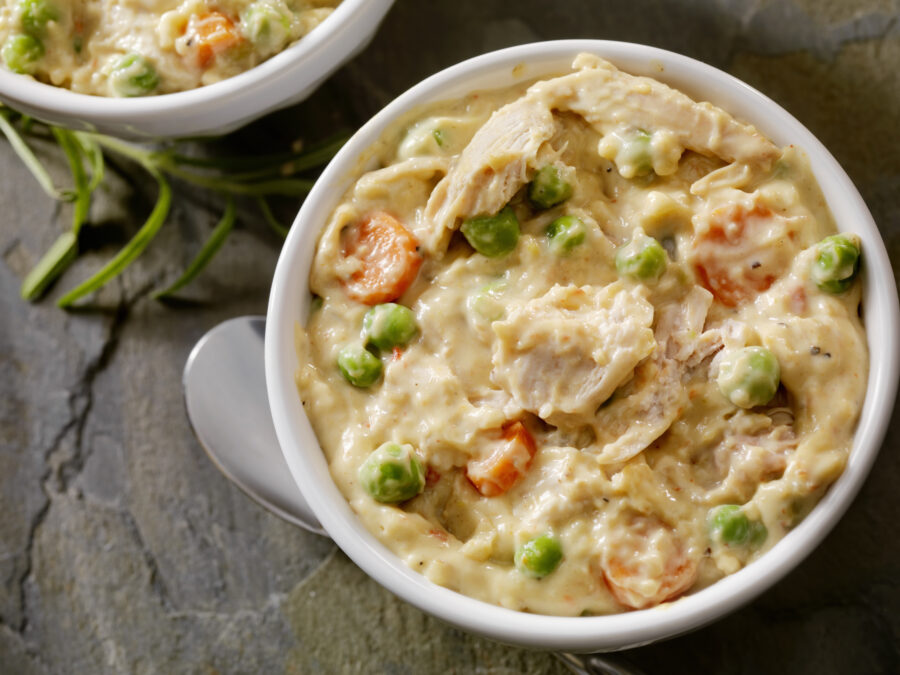
All this rabbit talk is not to say that families didn’t enjoy a good meal featuring chicken, too. Many meals centered around this popular poultry product.
A family might dine on Chicken à la King, which consists of chicken and veggies topped with a thick cream sauce. This was served over rice.
Chicken à la King is still a popular dish to this day. But with its fancy, “exotic” name, it was even more popular back then.
Chipped Creamed Beef
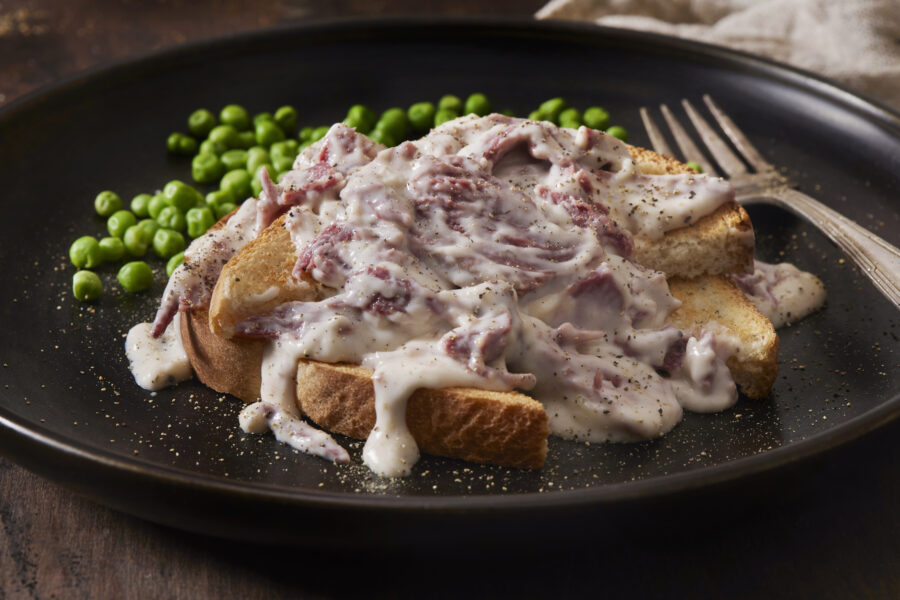
Going into the 1930s, people couldn’t afford much as much as they could in the roaring early and mid-20s. Families were looking for ways to save money.
They opted for an easier and cheaper take on meat with cream sauce: chipped creamed beef. It wasn’t much, but it was heart and stomach-filling.
Chipped creamed beef is salted and dried beef, usually out of a can, with a cream sauce. It’s a simple dish that many people could afford.
Waldorf Salads
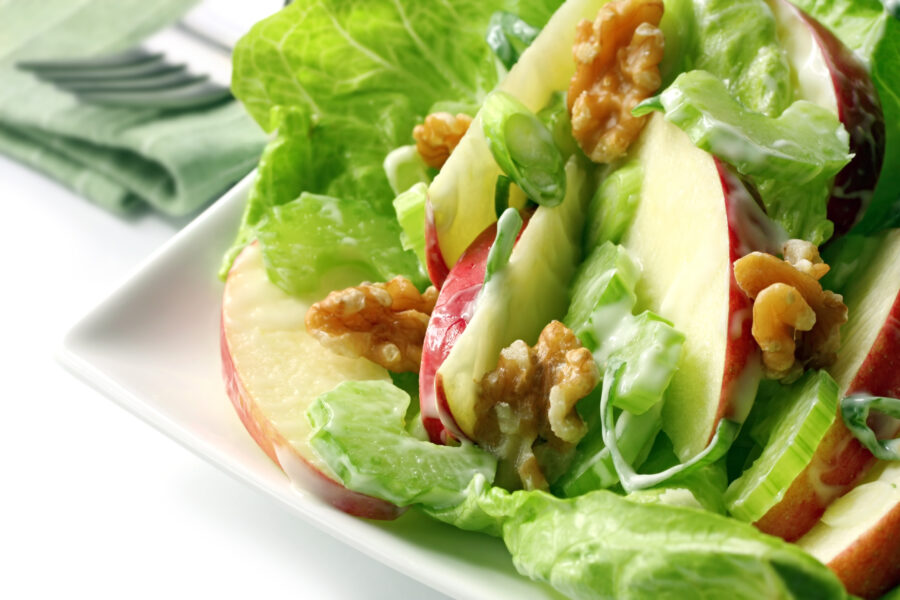
Super special salads, like the Waldorf salad, were highly popular in the ’20s and ’30s, as well. These elevated salads stood out from the traditional.
The ingredients of a Waldorf salad included apples, celery, and mayo. By 1939, it got an upgrade with bitter greens and paprika (more on paprika below).
The Waldorf salad originated in 1983 when it was served at a charity ball. The ball took place at the Waldorf Hotel, which had opened the previous day.
Deviled Eggs
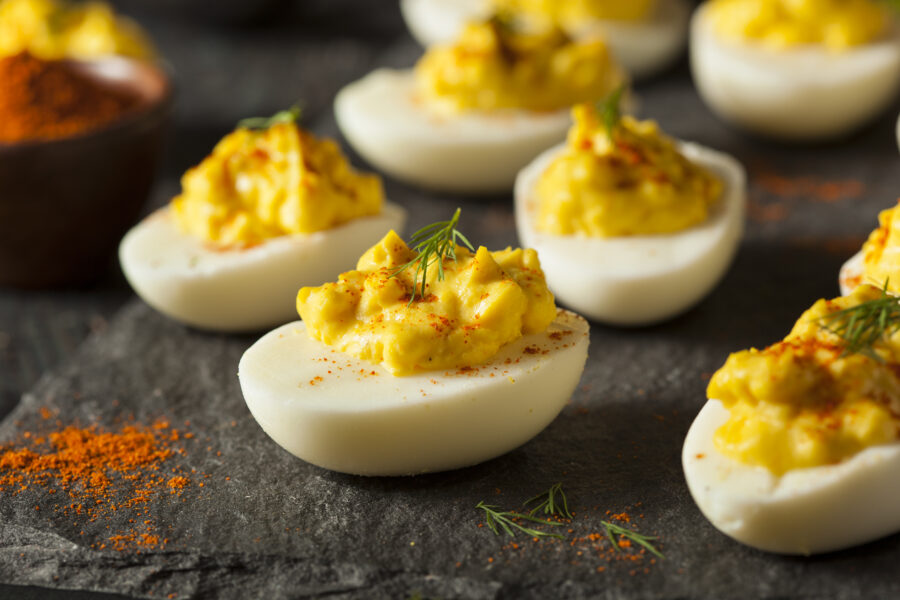
If folks were having friends over, they might serve up appetizers like deviled eggs. Around this time, Hungarian immigrants helped popularize paprika, an essential for deviled eggs.
Reportedly, Christopher Columbus brought Paprika back to Europe from the New World, where it found its way to Hungary. There, it became a staple in Hungarian dishes.
Deviled eggs might have soared to success in the 1920s, but they’ve actually been around a lot longer. Some speculate they have been eaten since Ancient Rome.
Hoover Stew

If people wanted something a little heartier, they might also turn to Hoover Stew, which is made from macaroni and hot dogs. Honestly, doesn’t sound that bad.
This was especially popular during the Great Depression since it was quick, easy, and generally more affordable. You could make it in a huge pot to feed a crowd.
Named after President Herbert Hoover, this stew was often served in soup kitchens at the time. Cooks would often swap out ingredients for others that were more affordable.
Pineapple Upside-Down Cake
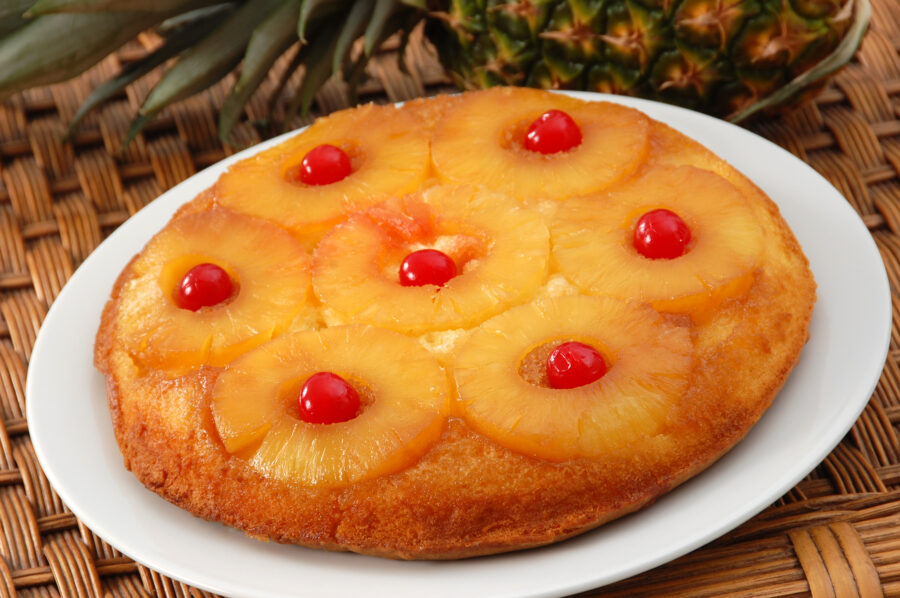
Do you know the food that ushered in cake popularity in the 1920s? Well, that would be pineapple upside-down cake — which we still enjoy today. Yum.
According to reports, there was a pineapple baking contest in 1925 held by the Hawaiian Pineapple Company. The winning dish? You guessed it: pineapple upside-down cake.
Judges from the Fannie Farmer’s School, Good Housekeeping, and McCall’s Magazine chose the winner. Apparently, 2,500 of the 60,000 dishes were pineapple upside-down cakes.
Bathtub Gin
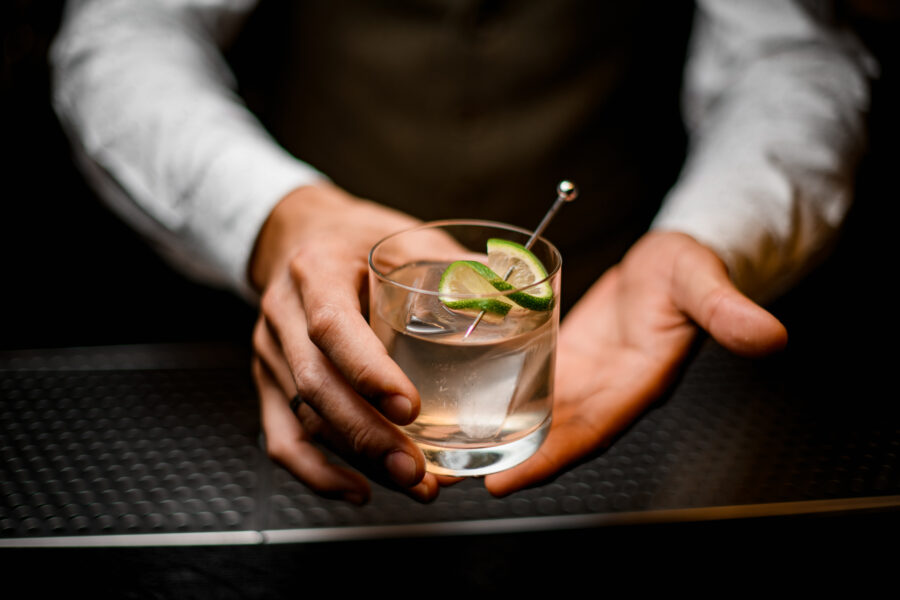
We’d be remiss to ignore the impact of beverages on this era. First of all, this time was technically dry, due to the Prohibition movement.
This booze-free era lasted from 1920 to 1933. But that didn’t mean people weren’t sneaking a drink here or there. Around this time, speakeasy bars boomed.
The alcohol served at illicit establishments was often home-brewed. Bathtub gin was often formulated with juniper berry juice and glycerin. We would have to pass.
Mint Juleps
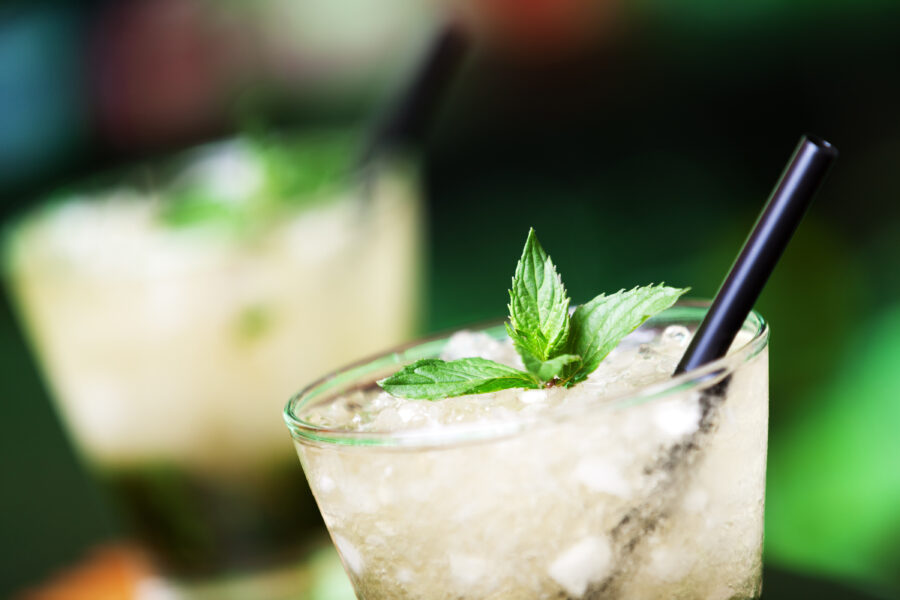
If gin straight from the bathtub wasn’t your style, you could indulge in an illegal mint julep. This refreshing beverage rose to popularity in the ’20s.
The mint julep actually originated in the Southern United States in the eighteenth century. The first recorded mention of one was in 1770.
Today, you’ll find mint juleps flowing freely at the Kentucky Derby. But in the 1920s, you had to sneak into a speakeasy to get your hands on one.
Champagne
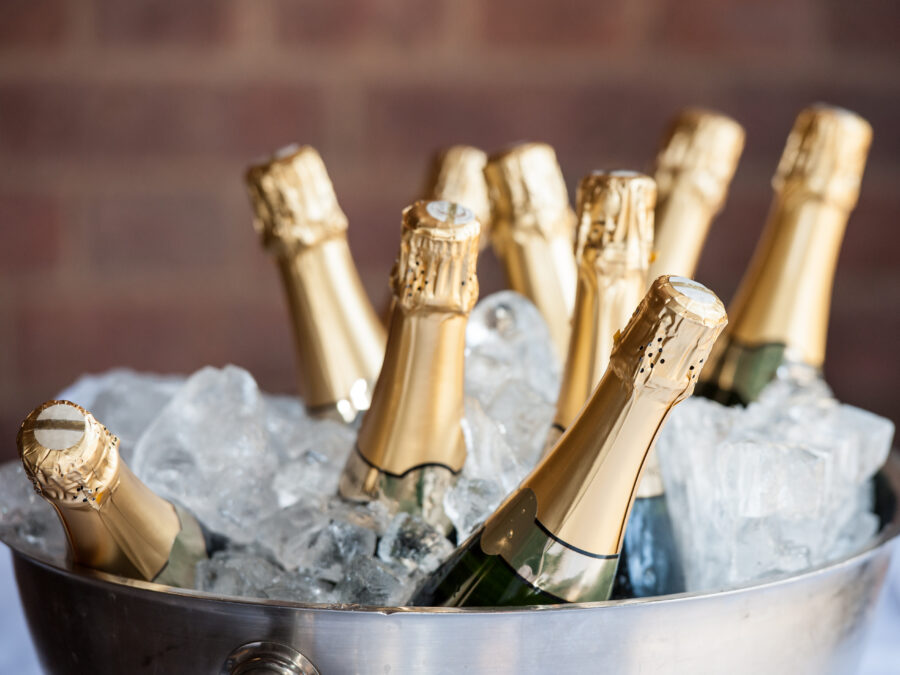
Champagne became widely popular and available just before the 1920s. So it makes sense that people would still be clamoring for a glass of bubbly.
Throughout the 1920s and 1930s, it’s estimated that tens of millions of bottles of the stuff were consumed every year. But it didn’t come cheap.
A bottle of champagne in the 1920s wasn’t for everyone. It would cost you the equivalent of a typical laborer’s pay for two days of work.
Italian Flavors
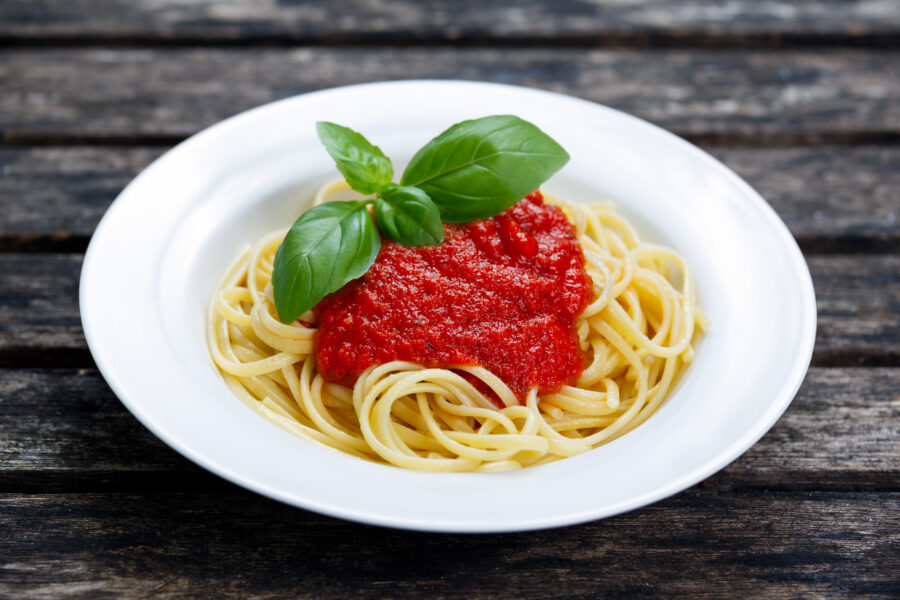
Italian-American restaurant owners could take advantage of certain loophole laws to serve wine with their dishes. This critical caveat inspired major interest in Italian food.
Instead of visiting an illicit speakeasy for some bathtub gin, you could enjoy a nice meal with a (small) glass of wine. Unfortunately, the wine was limited.
Italian food also grew in popularity because it was seen as “exotic” and “cultured.” Interestingly enough, though, most Americans were initially put off by Italian flavors.
Meatballs
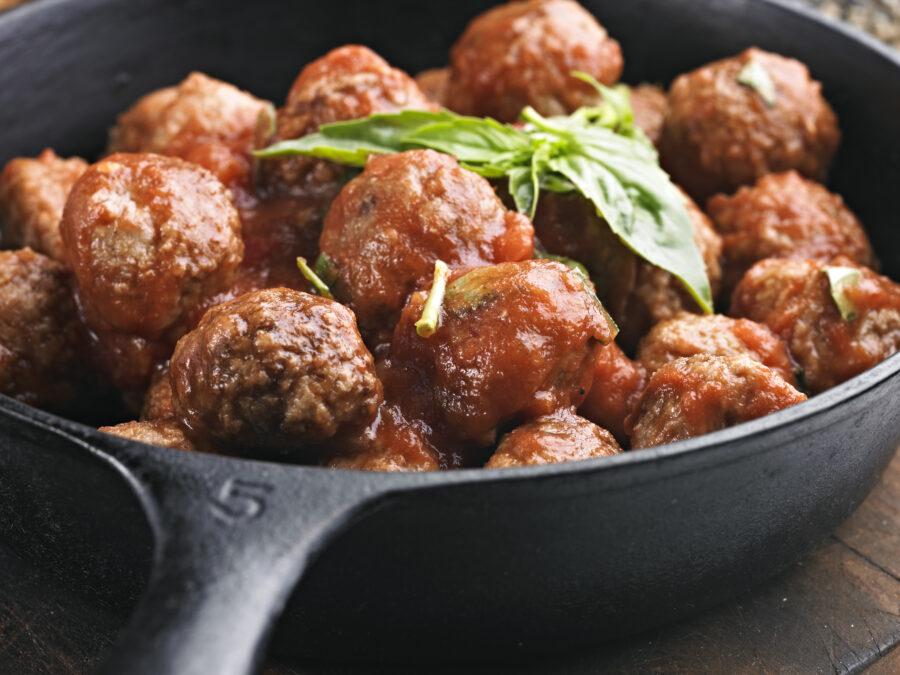
Southern Italians who emigrated to the U.S. didn’t have access to much meat back home. So when they found meat plentiful in the States, the balls became big.
Paired with a glass of vino and, well, *chef’s kiss*. This was the era that saw the arrival of a favorite domestic Italian food producer.
Do you remember Chef Boyardee? We have the ’20s to thank for that early-2000s staple. Italian immigrant Ettore Boiardi and his brothers started this company in 1928.
Drinking Chocolate
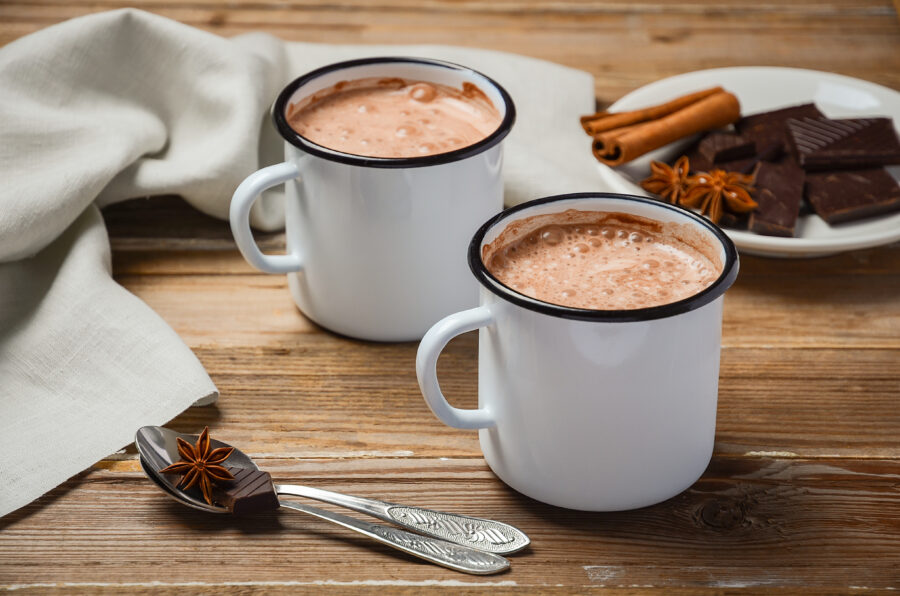
People also consumed a lot of other beverages. Maybe because certain beverages were illegal, people imbibed a whole lot of sugary drinks.
One drink that was extremely popular in the ’20s was drinking chocolate. In fact, chocolate was exclusively a drinkable treat until the mid-19th century.
In the 1920s, you could finally enjoy solid chocolate treats, but cocoa beverages were still highly popular. Honestly, we’ll take chocolate any way we can get it.
And Eating Chocolate
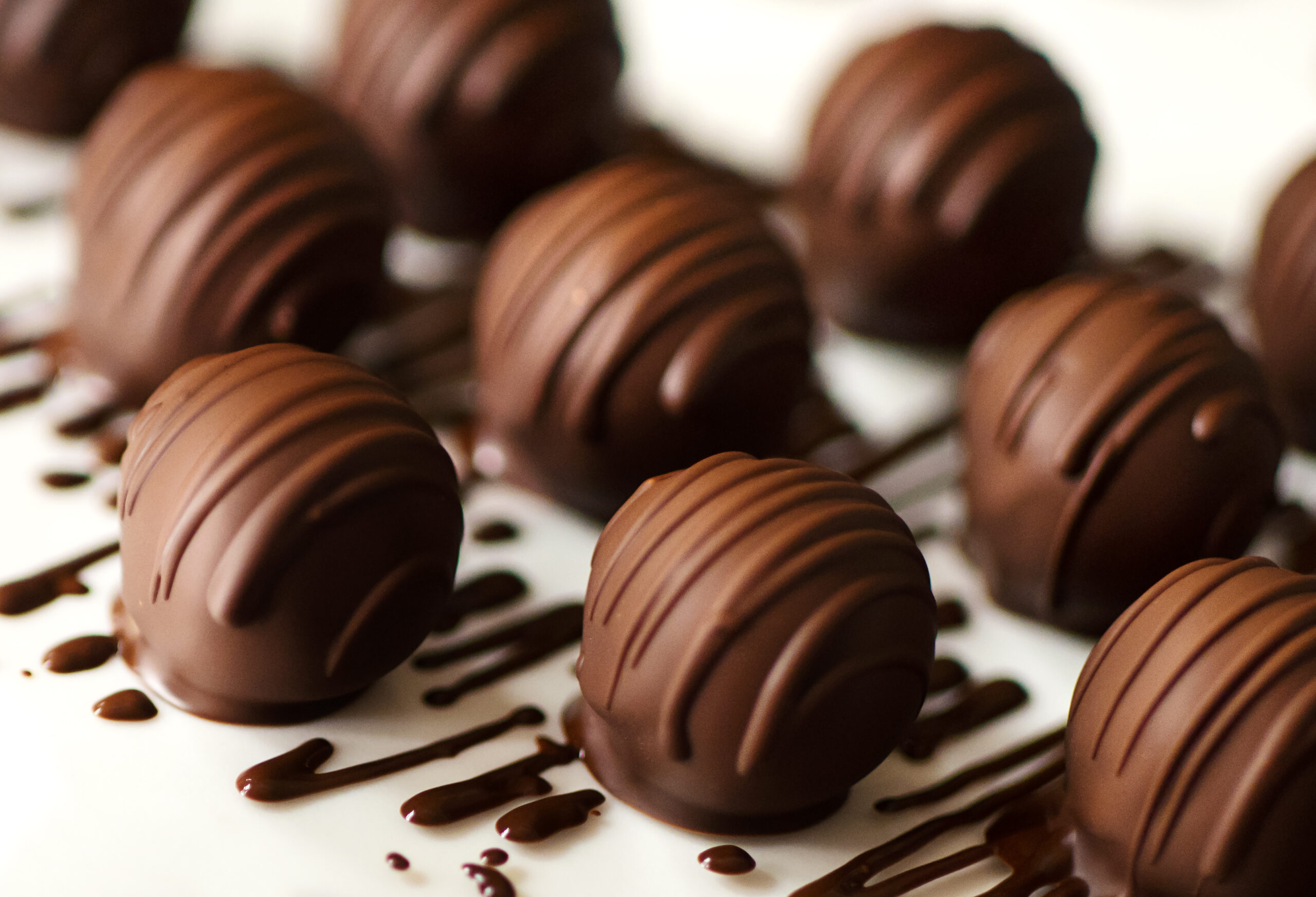
Finally, at the dawn of the 20th century, chocolate became a treat you could eat, rather than just drink. We’re grateful for the cocoa innovations of this era.
Before this time, solid chocolate snacks had a gritty texture that wasn’t enjoyable. In 1879, though, Rodolphe Lindt in Switzerland changed all that with an innovative process.
During the Roaring ’20s, eating chocolate actually surpassed drinking chocolate. In other words, people were not giving up on chocolate as a sweet treat you could eat.
Soda by the Liter
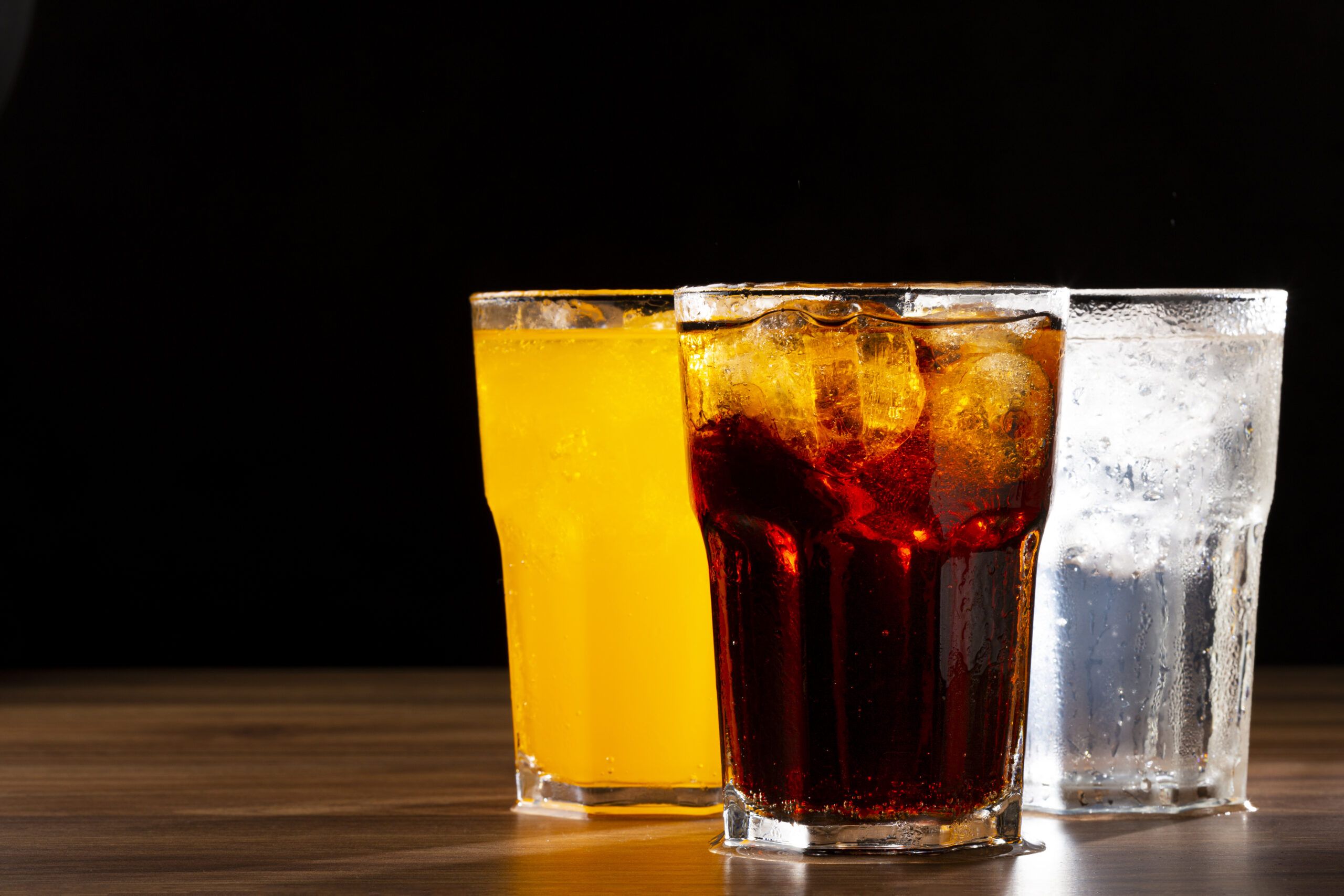
If you got sick of drinking hot cocoa, you were in luck. You could still get your sugar fix from the numerous types of soda popular at this time.
In the early 1920s, you could find soda vending machines that dispensed the bubbly beverage into a cup. A few years later, soda six-packs were created.
If you enjoy a refreshing glass of 7-Up on occasion, you have the 1920s to thank. It was originally produced as “Bib-Label Lithiated Lemon-Lime Sodas” by the Howdy Company.
Cozy Home Cooking
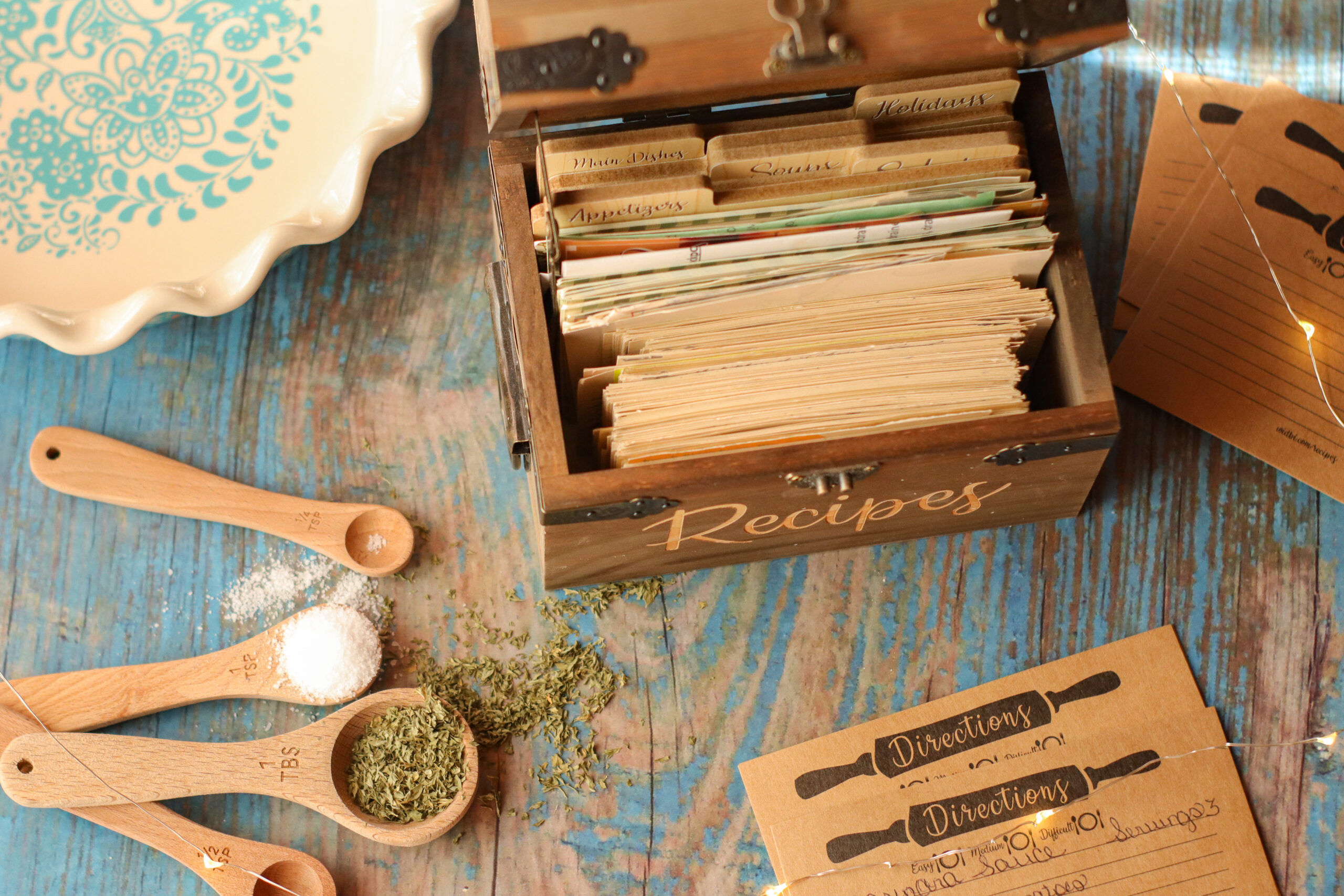
Cookbooks made a big bang in the 1920s, providing home cooks with a wealth of recipes and cooking knowledge. The possibilities were endless.
This was due in part to the creation of many home kitchen appliances that made cooking more accessible. That included electric stoves and refrigerators.
As more women entered the workforce, there was also a need for quick and easy recipes. Gone were the days of spending the afternoon prepping for dinner.
Some Recognizable Brands Rose to Popularity

Not all of the foods of the 1920s were unusual. In fact, as we’ve already seen, many brands that you would recognize were established at this time.
Food manufacturing saw major advancements in the ’20s, such as quick freezing and dehydration. These advancements made the mass production and storage of food more feasible.
You might be surprised to learn which brands you still enjoy today were created and rose to popularity during the Roaring ’20s. Here are a few.
Baby Ruth Bars
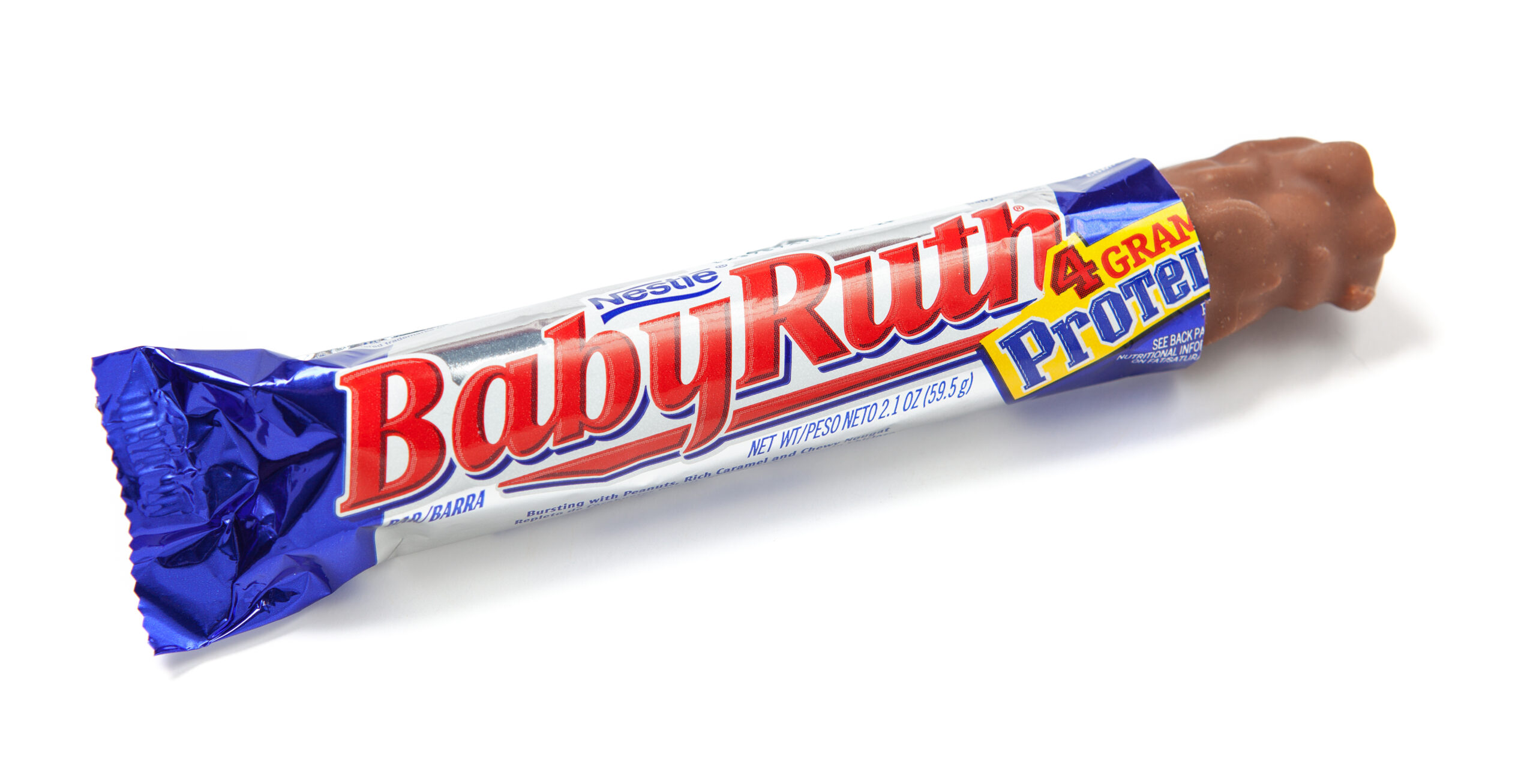
In 1921, Babe Ruth was a household name for his skill as a player in America’s pastime: baseball. He was a slugger for the New York Yankees.
At the same time, Otto Schnering was bringing his own dreams to life by formulating and reformulating his candy concoction. It was called, at that time, Kandy Kake.
He finally arrived at the chocolate bar we know today. He changed its name to the Baby Ruth in honor of the legendary Yankee slugger.
Wonder Bread
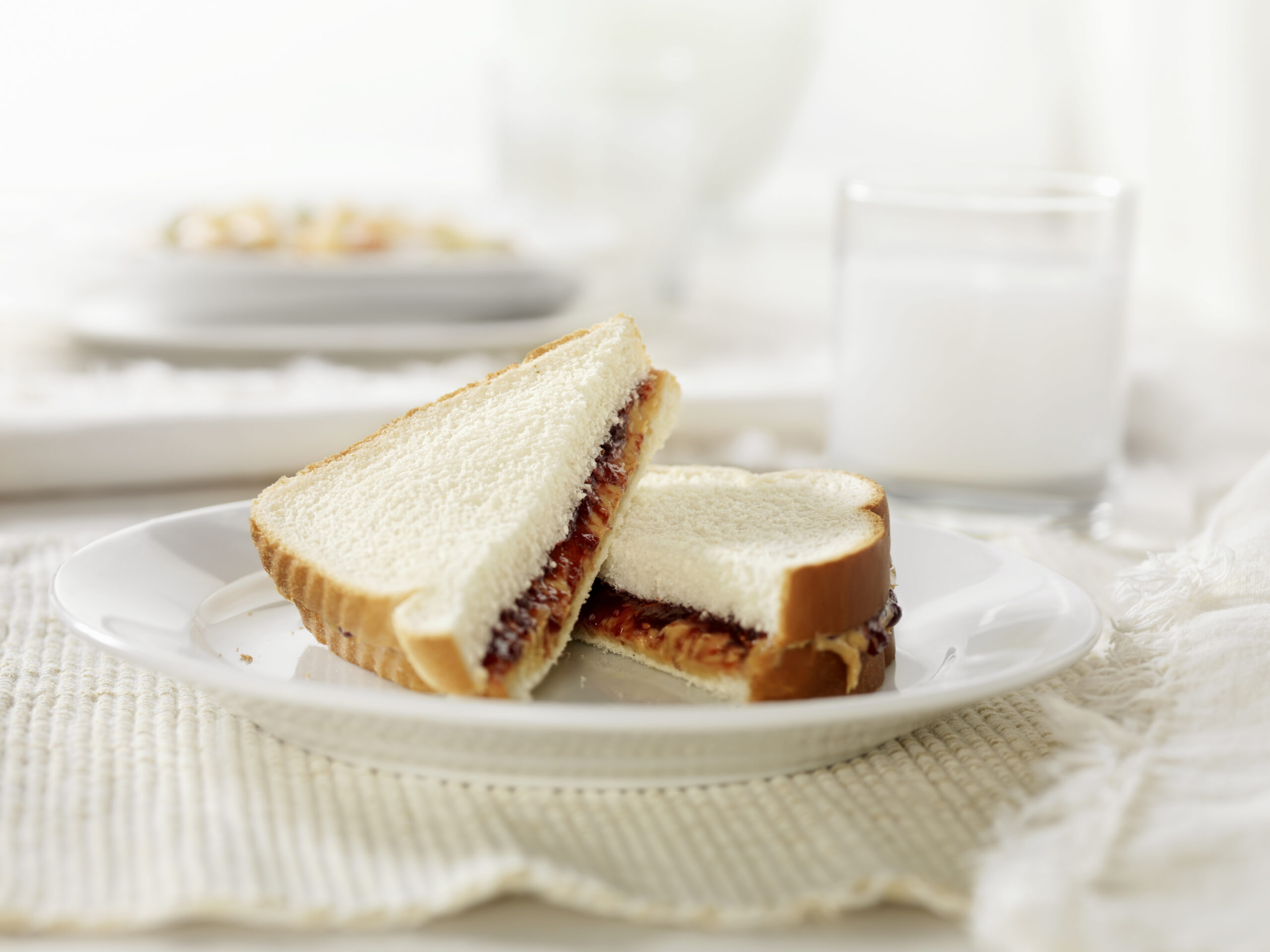
Where would we be without Wonder Bread? This old American standby brand of sliced white bread came from the 1920s, too, to grace our PB&Js.
This famous (or infamous) bread brand was established in Indiana in 1921. It was one of the first brands to sell pre-sliced bread nationwide.
A branding executive for Wonder Bread’s parent company reportedly credited hot air balloons for the name. We “wonder” what he’d think of the Wonder Bread brand today.
Hostess and LittleDebbie Packaged Cakes
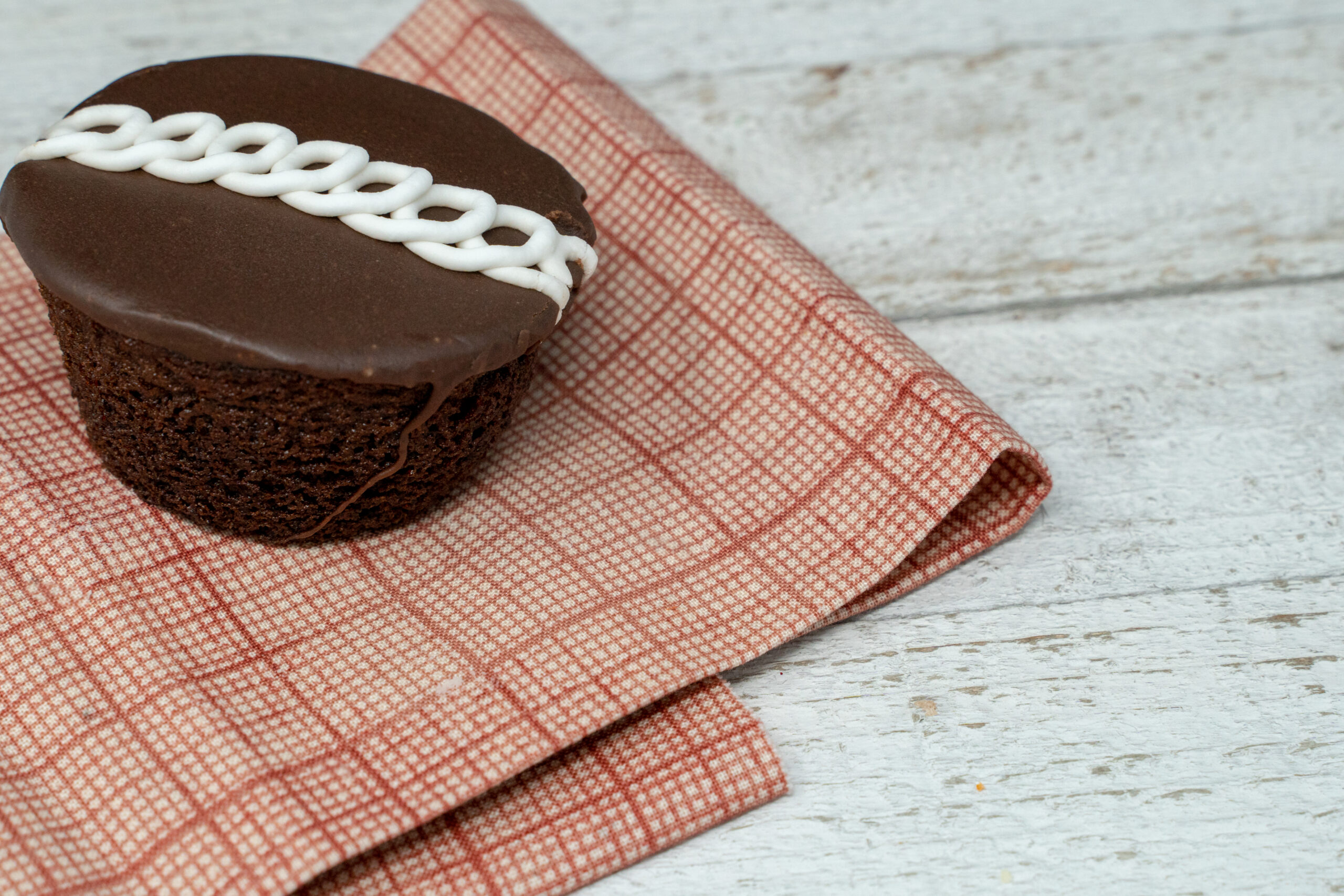
Another pre-packaged delight that came to us in the 1920s is the plastic-wrapped cupcake. These fluffy, sugary marvels originated in the 1910s with Hostess and LittleDebbie.
Before this point, you would have to bake cakes yourself or pick them up from a baker’s shop. These two brands changed all that.
Food processing and preservation processes finally made it possible for these brands to ship their snacks to grocery markets. And they could basically last forever.
Velveeta Cheese
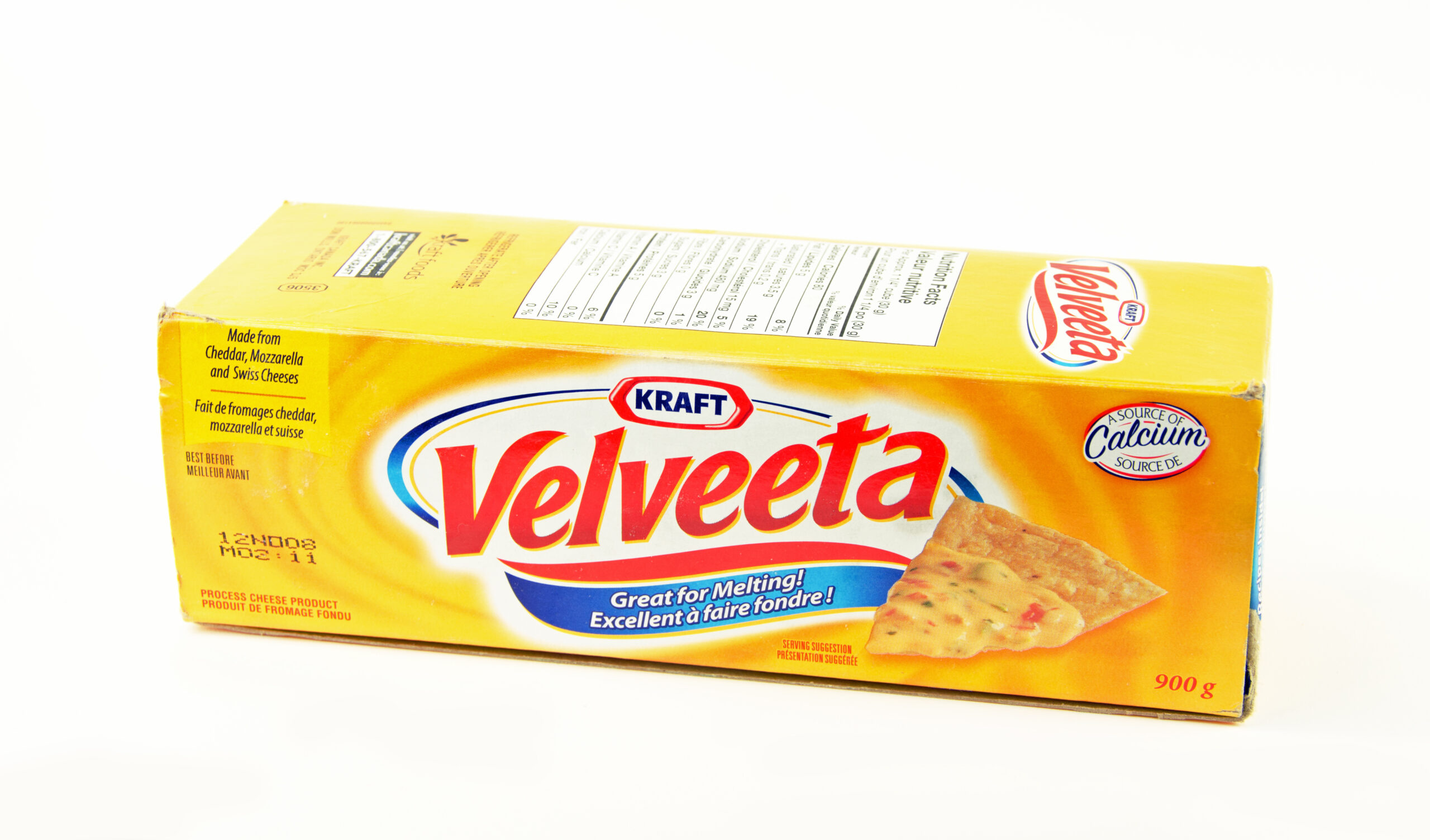
Apparently, Velveeta was originally made out of real cheese. That is, when it was created back in 1918. It also came in two varieties: Swiss and American.
Velveeta was even considered somewhat healthy in the 1920s. In the 1930s, the American Medical Association went so far as to give Velveeta its seal of approval.
Since that point, the formula for Velveeta was changed, enough so that the FDA had to issue a warning. Velveeta must refer to itself as a “cheese product.”
Codfish for Breakfast and Bathtub Gin…Bon Appetit?
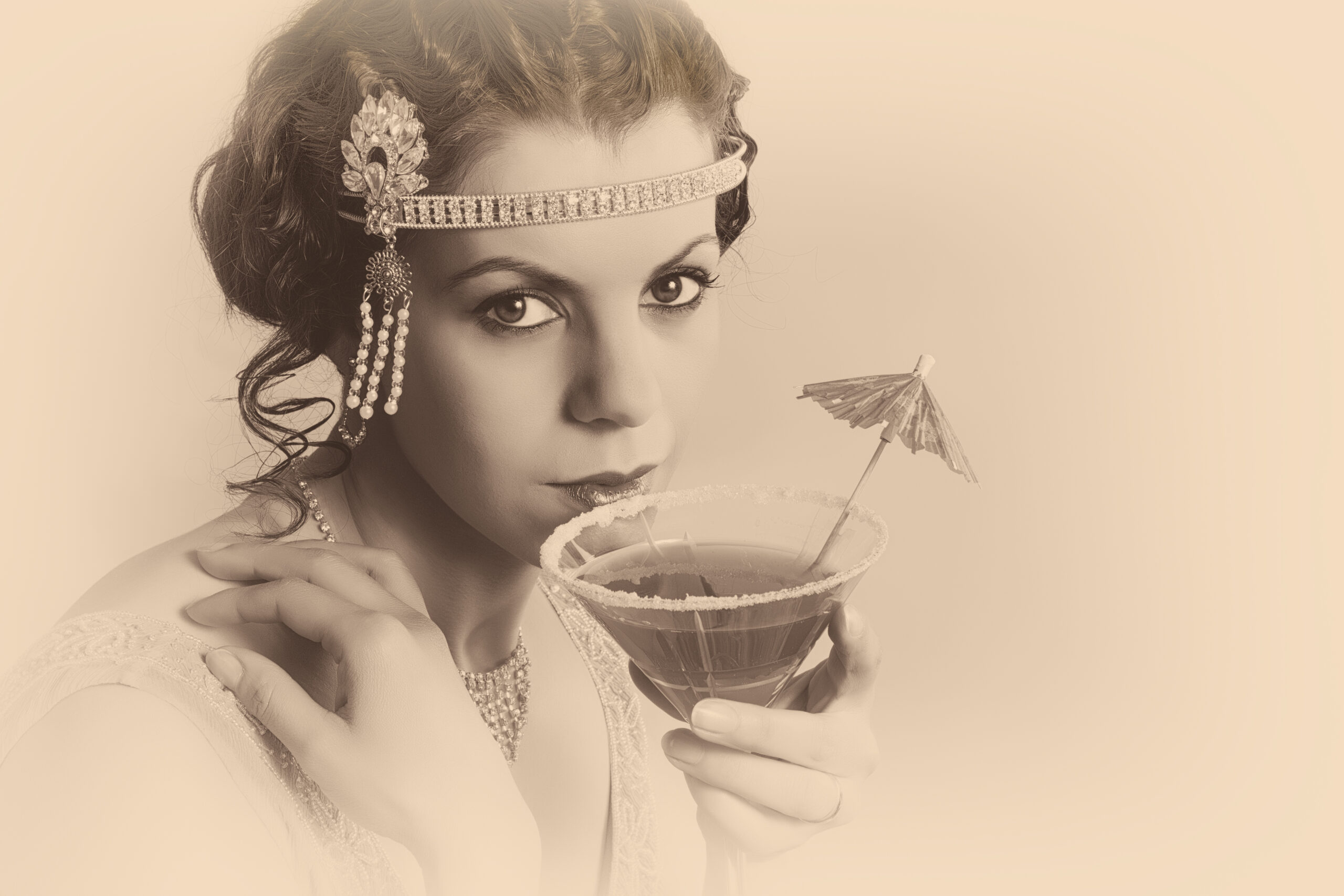
In the end, the 1920s and ’30s were a time of great influx and massive change. With immigration, religion, music, women’s rights, civil rights, and culture coming together, food (and alcohol!) was at the forefront of that activity.

